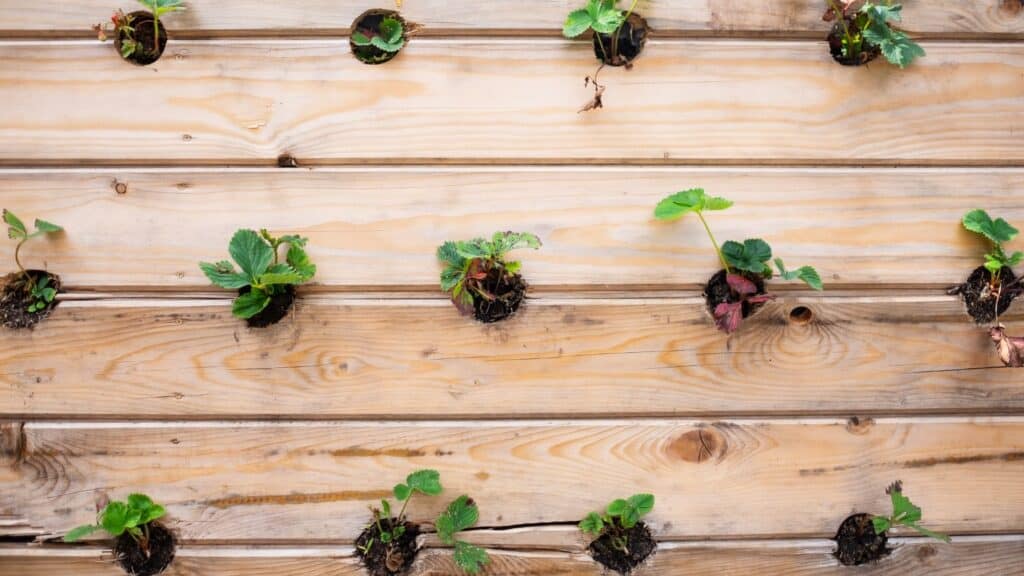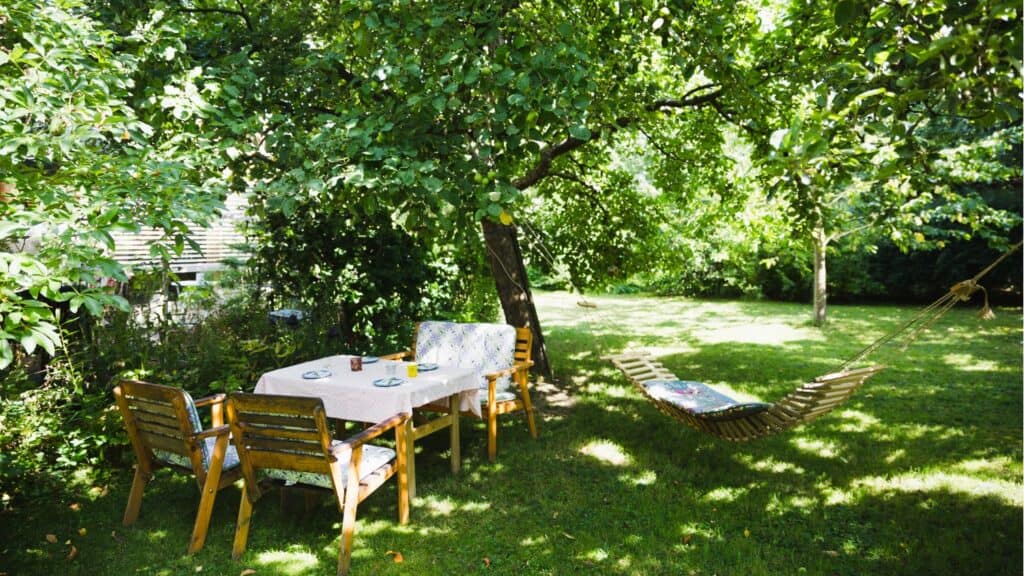
Yard Improvements Worth Investing in After 60
Naturally, if you are looking to spend your retirement in place, you want your yard to be comfortable, safe, and conducive to aging as well as for it to look beautiful. Thankfully, there are yard solutions out there that will ensure age never becomes a problem.
Low Maintenance Landscaping
A landscape that requires a lot of work is the last thing you want as you age. You want a landscape that is easily kept looking its best, even if you decide to have it professionally maintained.
The good news is that you can have a lush yard without putting in too much effort. It’s simple: use native plants as much as possible.
Compared to non-native varieties, native plants require less watering and care. You can use the “Native Plant Finder Tool” from the National Wildlife Federation if you are not sure what plants are local to your region and climate.
Alternatively, you can visit a local native plant nursery to find which plants will grow best in your yard. Chances are, they’ll offer you some professional guidance as well as a wide selection of natives.
Another option is to invest in planned xeriscaping. This is a low-maintenance and energy-efficient landscaping practice that reduces the need for irrigation.
It is the best solution if you live in an area that is extremely sunny and drought-prone. The easiest way to enter the world of xeriscaping is to use succulents, cacti, and palm trees to replace grass and other water-hungry plants.
Setting Up an Aging-Friendly Garden
Now that many of us are cooking three meals a day from our homes, creating an herb and vegetable garden is also a good idea.
No matter your age, eating healthy foods and exercising can immensely improve your quality of life. Gardening offers you an opportunity to do both.
But the body gets a bit stiff and uncooperative as we age, even with healthy lifestyle habits. Still, you can garden at any age, as long as you have an aging-friendly garden.
To prevent stiffness or pain in your muscles or joints, go with elevated gardens in vertical planters or containers.

It’s much easier to tend to plants that grow on trellises or poles. Not sure what to plant in your vertical garden? Here are a few ideas:
- Veggies: Tomatoes, peppers (compact varieties), onions (miniature), garlic, eggplant (miniature), cucumbers (miniature), carrots, beans.
- Greens: Swiss chard, spinach, lettuce, mustard greens, leaf lettuce, kale, cabbage.
- Fruits: Strawberries, muskmelon (midget).
- Herbs for sunny walls: Wheatgrass, thyme, stevia, savory, sage, rosemary, parsley, oregano, nasturtium, mint, borage, bee balm, basil, marjoram, lemongrass, lemon balm, dill, cumin, cilantro, chives.
In case you have or develop mobility problems in the future, a vertical garden will eliminate some of the bending and kneeling usually involved in gardening.
You can buy raised beds or vertical garden systems or you can go the DIY route. For instance, you can build your own leaning ladder garden.
Gardening is much easier with the right tools and equipment. Using lightweight pruners, good gloves, and kneeling stools is a great way to prevent injuries and make gardening more fun.
Buy ergonomic tools for your garden. Avoid using tools that have very short handles. If you need help picking out the right tools, this list of “ease-of-use” gardening tools from the Arthritis Foundation should come in handy.
In addition to getting the right tools, you also need to install a proper irrigation system. Irrigation systems can be pricey, but they are key for senior-friendly gardening. Dragging a heavy garden hose or carrying a big watering pot can be tiresome.
Lighting
Landscaping with evening ambiance is becoming increasingly popular among homeowners. If you want to ensure that your yard will remain secure and safe even as you age, invest in proper landscape lighting.
Thanks to the advancements of budget-friendly solar-powered and LED garden lights, making sure your property is well-lit is easier than ever.

To make the space more inviting, you can add well-placed string lights and lanterns. Pay special attention to the steps in your yard and other areas that pose trip and fall hazards.
Sensor lighting is also a good idea. Motion sensor-based lighting can help prevent accidents when you go outside the house at night. As you move about your property, it will automatically light up areas of your yard.
Shade
Having a chance to spend a lot of time outside, in your beautiful yard, is great. But baking in the sun all day long isn’t good for your health.
If you want to have a peaceful place of respite in your yard, make sure your landscape design includes lots of shade. A strategically placed pavilion, pergola, or tree can provide a good amount of shade.
Adding garden rooms may be an even better idea. A garden room with well-designed roof eaves will offer shade in the summer but won’t prevent the sunlight from entering the garden room in the winter.
So, you will have a year-round quiet spot in your garden where you can read, relax, or entertain guests. This brings us to our next point:
Ample Seating Areas
If you want your outdoor living space to be suitable for all ages, it should have a few strategically placed benches and seats.
It might be important to have outdoor seating space to accommodate family members coming over to visit or a social space for card parties.

Even if you don’t plan on having many visitors, ample outdoor seating is important for the aging homeowner.
You will always have a convenient place to rest while gardening and admire the fruits of your labor if you add comfortable outdoor chairs or benches in several areas of your yard.
Walkways
So that you can easily move around your yard, add plenty of flat walkways. Moreover: wide, curving, gently sloping paths are a great alternative to outdoor steps.
These paths should be at least 4 feet wide. If you develop mobility issues, the walkways will be easier to navigate.
Instead of using river rocks or wood chips, it’s best to use fine gravel or pavers to line these paths.
How do you maintain your yard? Have you installed adequate lighting? Do you live in a drought-prone area? If so, what do you grow in your yard? What is your favorite spot in your garden?
Tags Creativity Inspiration






